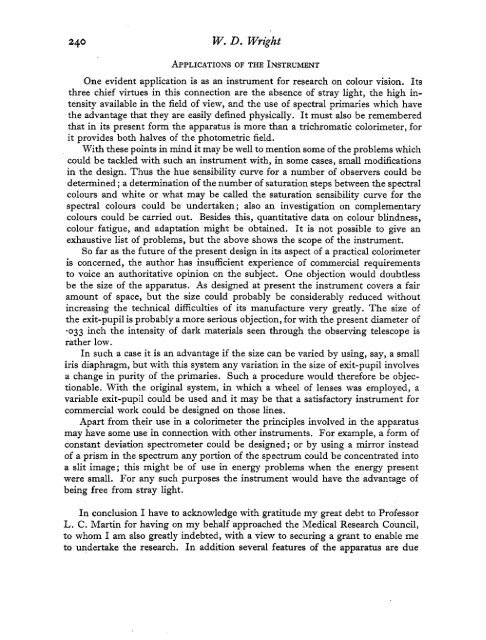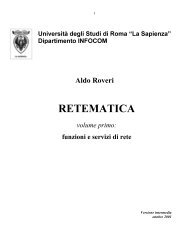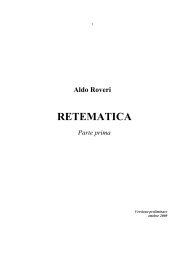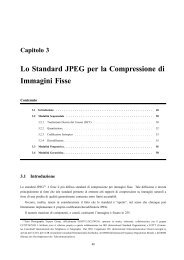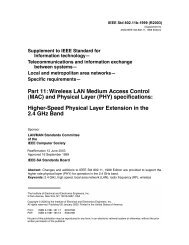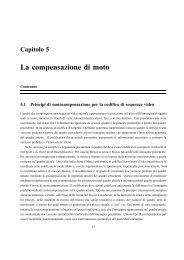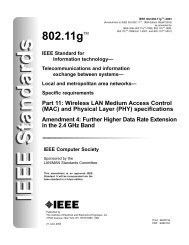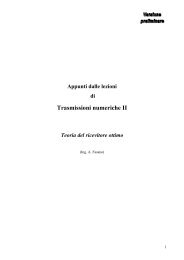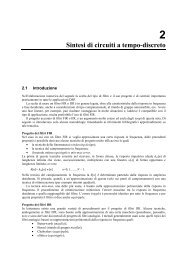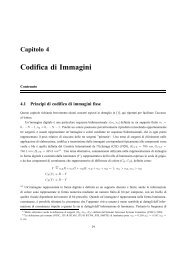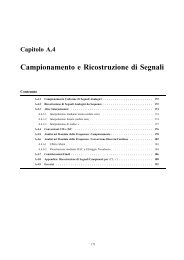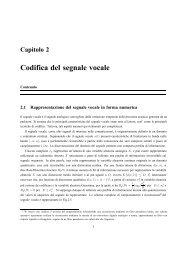a trichromatic colorimeter with spectral primaries - InfoCom
a trichromatic colorimeter with spectral primaries - InfoCom
a trichromatic colorimeter with spectral primaries - InfoCom
You also want an ePaper? Increase the reach of your titles
YUMPU automatically turns print PDFs into web optimized ePapers that Google loves.
240<br />
w. D. Wright<br />
APPLICATIONS OF THE INSTRUMENT<br />
One evident application is as an instrument for research on colour vision. Its<br />
three chief virtues in this connection are the absence of stray light, the high in-<br />
tensity available in the field of view, and the use of <strong>spectral</strong> <strong>primaries</strong> which have<br />
the advantage that they are easily defined physically. It must also be remembered<br />
that in its present form the apparatus is more than a <strong>trichromatic</strong> <strong>colorimeter</strong>, for<br />
it provides both halves of the photometric field.<br />
With these points in mind it may be well to mention some of the problems which<br />
could be tackled <strong>with</strong> such an instrument <strong>with</strong>, in some cases, small modifications<br />
in the design. Thus the hue sensibility curve for a number of observers could be<br />
determined ; a determination of the number of saturation steps between the <strong>spectral</strong><br />
colours and white or what may be called the saturation sensibility curve for the<br />
<strong>spectral</strong> colours could be undertaken ; also an investigation on complementary<br />
colours could be carried out. Besides this, quantitative data on colour blindness,<br />
colour fatigue, and adaptation might be obtained. It is not possible to give an<br />
exhaustive list of problems, but the above shows the scope of the instrument.<br />
So far as the future of the present design in its aspect of a practical <strong>colorimeter</strong><br />
is concerned, the author has insufficient experience of commercial requirements<br />
to voice an authoritative opinion on the subject. One objection would doubtless<br />
be the size of the apparatus. As designed at present the instrument covers a fair<br />
amount of space, but the size could probably be considerably reduced <strong>with</strong>out<br />
increasing the technical difficulties of its manufacture very greatly. The size of<br />
the exit-pupil is probably a more serious objection, for <strong>with</strong> the present diameter of<br />
e 0 3 3 inch the intensity of dark materials seen through the observing telescope is<br />
rather low.<br />
In such a case it is an advantage if the size can be varied by using, say, a small<br />
iris diaphragm, but <strong>with</strong> this system any variation in the size of exit-pupil involves<br />
a change in purity of the <strong>primaries</strong>. Such a procedure would therefore be objec-<br />
tionable. With the original system, in which a wheel of lenses was employed, a<br />
variable exit-pupil could be used and it may be that a satisfactory instrument for<br />
commercial work could be designed on those lines.<br />
Apart from their use in a <strong>colorimeter</strong> the principles involved in the apparatus<br />
may have some use in connection <strong>with</strong> other instruments. For example, a form of<br />
constant deviation spectrometer could be designed; or by using a mirror instead<br />
of a prism in the spectrum any portion of the spectrum could be concentrated into<br />
a slit image; this might be of use in energy problems when the energy present<br />
were small. For any such purposes the instrument would have the advantage of<br />
being free from stray light.<br />
In conclusion I have to acknowledge <strong>with</strong> gratitude my great debt to Professor<br />
L. C. Martin for having on my behalf approached the Medical Research Council,<br />
to whom I am also greatly indebted, <strong>with</strong> a view to securing a grant to enable me<br />
to undertake the research. In addition several features of the apparatus are due


